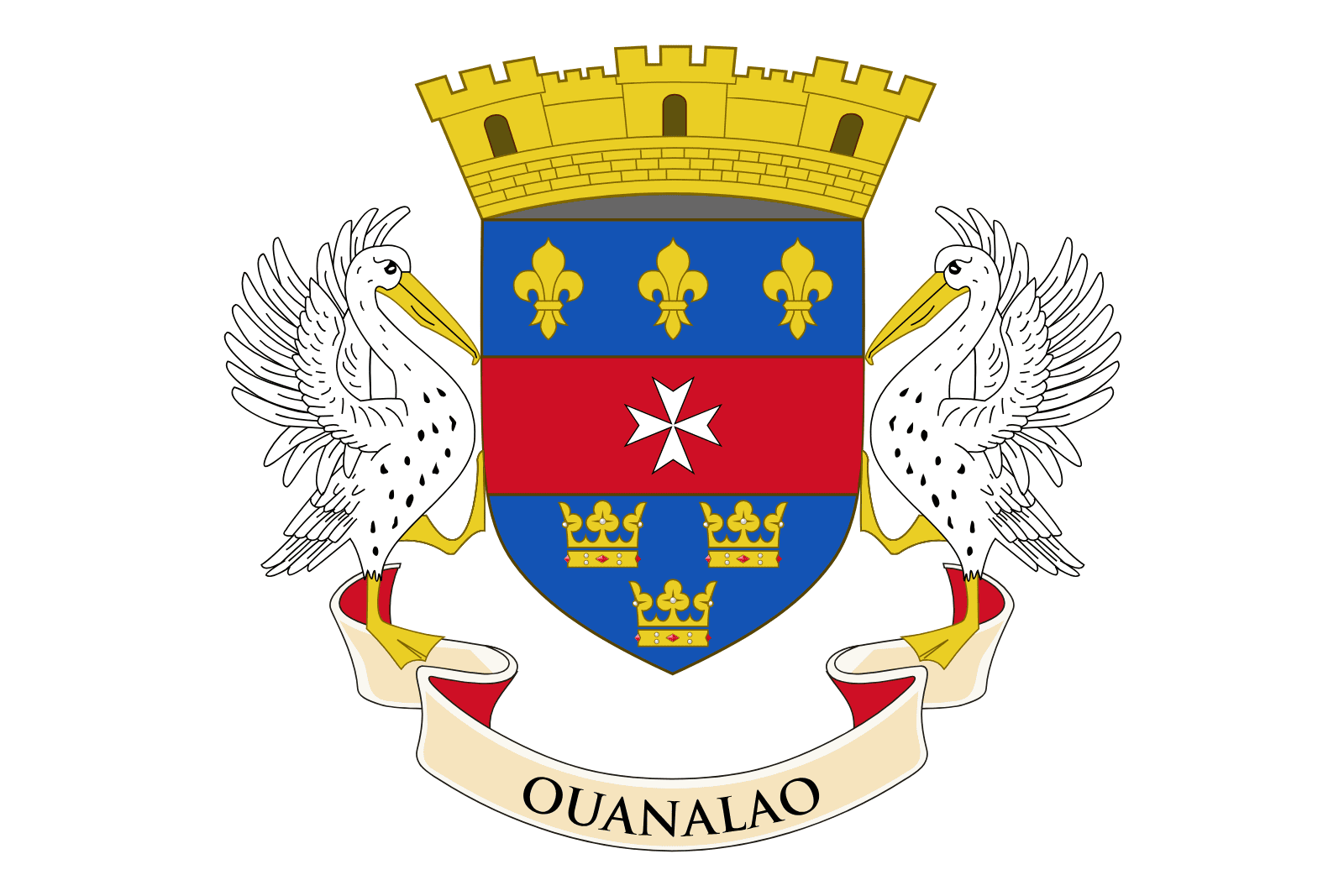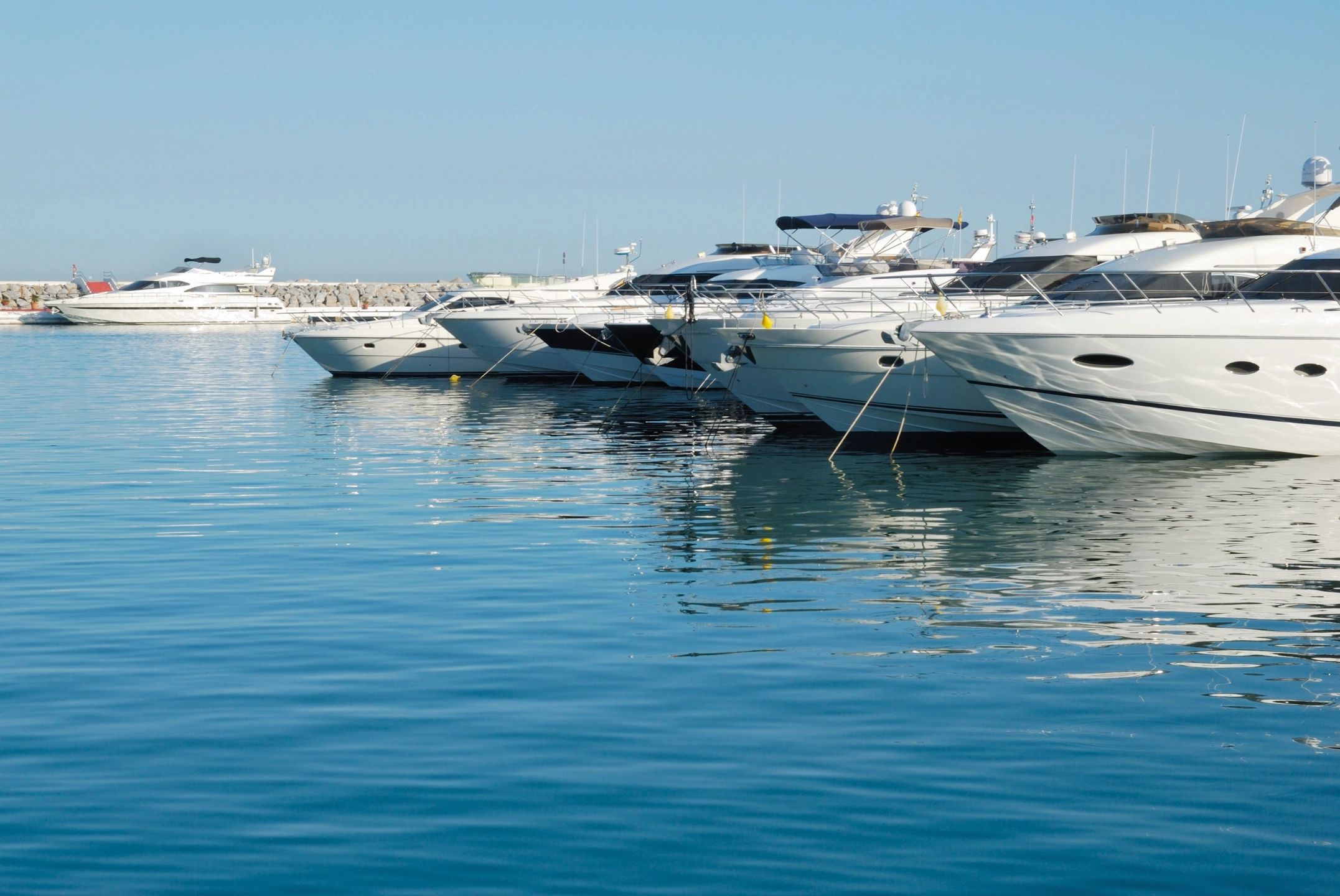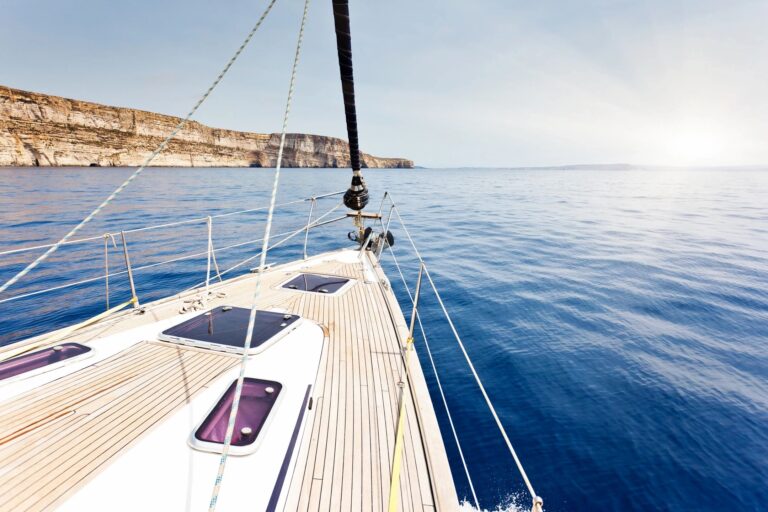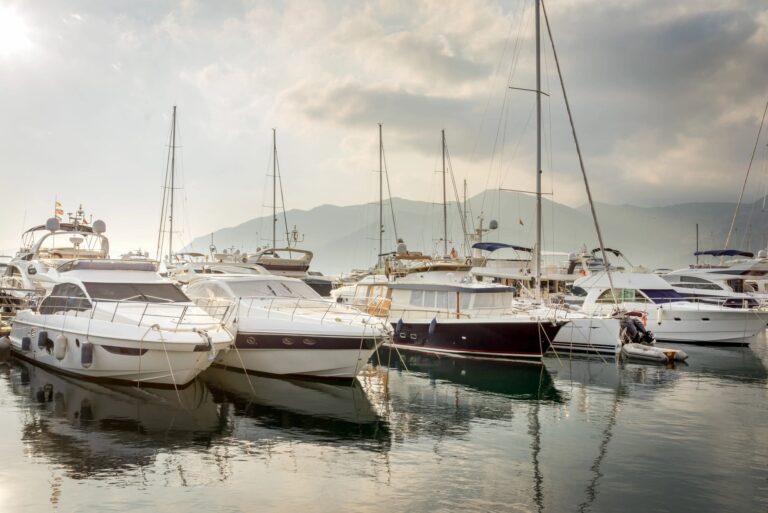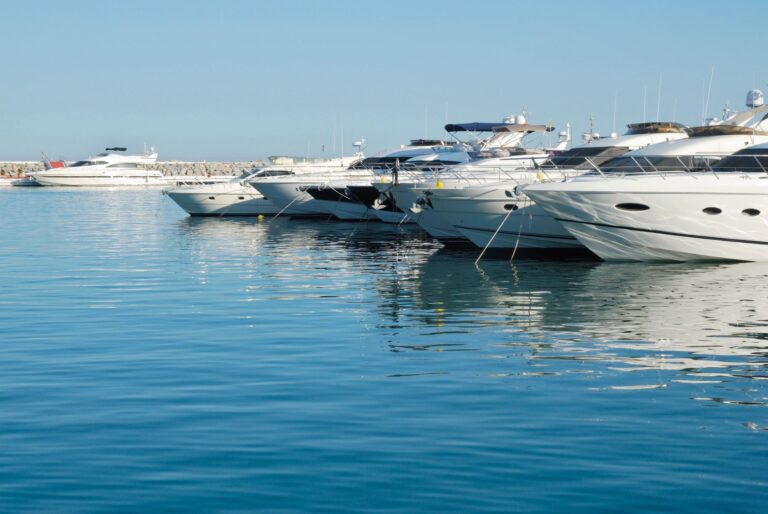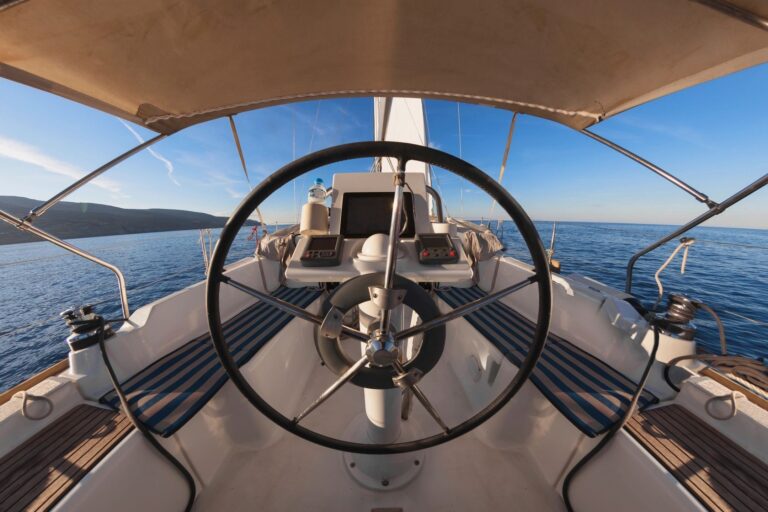“Anchoring in St. Barts: 7 Must-Know Safety Tips for a Perfect Island Escape!”
Anchoring in St. Barts offers sailors a unique blend of natural beauty and vibrant culture. To ensure a safe and enjoyable experience, it’s essential to adhere to local regulations and best practices. Here are key safety precautions to consider:
1. Understand Local Regulations
- Marine Protected Areas: St. Barts has designated marine reserves where anchoring is restricted to protect delicate ecosystems. For example, the Réserve Naturelle Nationale de Saint-Barthélemy includes several zones with specific anchoring rules. In these areas, anchoring is prohibited, and mooring buoys are provided in some bays like Colombier.
- Harbor Procedures: Before entering Gustavia Harbor, contact the Harbor Master’s Office on VHF Channel 12 to receive docking or anchoring instructions. Ensure all vessel documentation and passenger identification are in order, as this is a standard requirement for entry.
2. Choose Appropriate Anchorage Sites
- Gustavia Harbor: The main port offers limited dockside berths and anchorage spots. Due to its popularity, it can become crowded, especially during peak seasons. Arriving early can help secure a spot.
- Anse de Colombier: Located on the northwest coast, this bay provides a more secluded anchorage with mooring buoys available. It’s a favored spot for its tranquility and scenic beauty, though visitors should check for any local restrictions.
3. Be Aware of Weather and Sea Conditions
- Swells and Winds: The Caribbean is subject to varying wind patterns and swells, which can impact anchoring safety. Regularly monitor weather forecasts and be prepared to adjust anchoring plans if conditions become challenging. Some anchorages may become uncomfortable or unsafe during certain weather patterns.
4. Use Proper Anchoring Techniques
- Anchor Selection: Ensure your anchor is suitable for the seabed composition, which in St. Barts is typically sandy with patches of seagrass. Using the correct anchor type can improve hold and minimize damage to the seabed.
- Scope Ratio: Deploy an adequate length of anchor chain, typically a 5:1 scope ratio (five feet of chain for every foot of water depth), to ensure a secure hold. This helps the anchor dig into the seabed properly, providing stability.
- Swing Room: Account for tidal changes and wind shifts to prevent collisions with other vessels or obstacles. Allow enough room for the boat to swing without endangering neighboring vessels.
5. Respect Environmental Guidelines
- Seagrass Beds: Avoid anchoring in areas with seagrass to protect these vital marine habitats. Anchoring on seagrass beds can damage the ecosystem and disturb local wildlife.
- Waste Disposal: Dispose of waste responsibly. Many harbors provide facilities for waste disposal; use these to avoid marine pollution and adhere to environmental guidelines.
6. Stay Informed About Local Events
- Yachting Events: St. Barts hosts popular events, such as the St. Barths Bucket Regatta, which can lead to increased maritime traffic and specific anchoring restrictions. Stay updated on such events to plan anchoring and docking arrangements accordingly, as space becomes limited during major gatherings.
7. Maintain Vigilant Watch
- Anchor Watch: Assign crew members to monitor the anchor, especially during adverse weather conditions, to detect any dragging promptly. A vigilant watch can prevent potential drifting incidents and keep the vessel secure.
- Lighting: Ensure your vessel displays appropriate anchor lights at night to remain visible to other mariners. This enhances safety by making the anchored vessel easier to see in low-light conditions.
By adhering to these precautions and staying informed, you can ensure a safe and pleasant anchoring experience in the picturesque waters of St. Barts.

